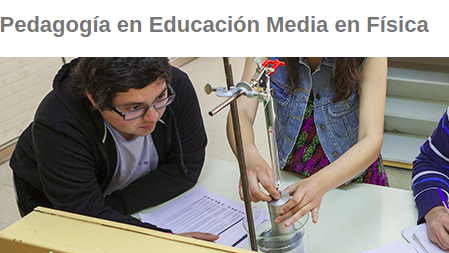The non-commutative topology of dirty superconductors: the "case study" of the Spin Hall effect (Prof. Giuseppe De Nittis, PUC).
Desde Junio 02, 2016 16:00 hasta Junio 02, 2016 17:00
The non-commutative topology of dirty superconductors: the "case study" of the Spin Hall effect
The BCS theory of superconductors leads to simple lattice models, known as BdG Hamiltonians. The properties of these second-quantize Hamiltonians can be investigate just looking at their first-quantized counterparts which turn out to be matrix-valued lattice models. The physics of these operators is made more interesting by the presence of a discrete symmetries known as particle-hole (PH). According to the parity of the PH-symmetry and to the presence of additional symmetries (spin-rotation, time-reversal, etc.), the (first-quantized) BdG Hamiltonians are classified in classes which are parametrized by topological invariants.
Albeit the physics of these models is well understood in the pure periodic case, a systematic study in the presence of disorder seems to be still missing. One of the main features of the physics of the BdG Hamiltonians is the presence of topological protected states which allow quantized bulk-currents (spin, thermal, etc) et related edge-currents. Such topological quantities have to persist also in the presence of (at least weak) disorder. The aim of this talk is to present first results in this directions.
As explained by Bellissard et co-workers during the 80's-90's, the natural setting to combine differential topology and randomness is the non-commutative geometry. In this talk I will present the non-commutative (differential) topology associated to dirty BdG Hamiltonians. The PH-symmetry adds to the usual algebraic structure and provides a natural notion of "Reality" (à la Atiyah) which enters in the definitions of the relevant geometric objects. These general results will be tested on the case study of the C-type BdG Hamiltonians in order to provide a non-commutative explanation of the spin quantum Hall effect both in the bulk and on the edge."












